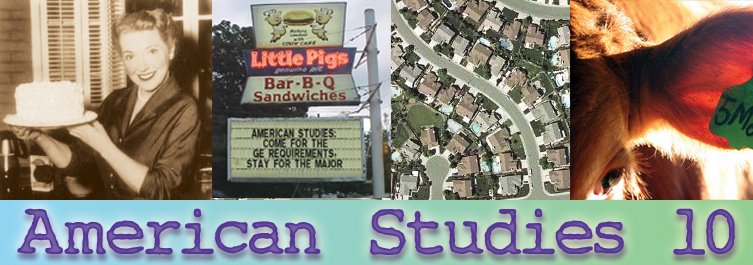Front Yards
The past three days I managed to capture 2 hours of sleep. Being the not-so-proud owner of a 1996 Dodge Grand Caravan, I am the driver of the largest and most versatile car amongst many that I know. Moving day for me started for me Wednesday and did not end until last night. As residents of most
Tuesday, most front yards were well manicured and foliage took charge of most yards, although there were exceptions, such as some homes where the foliage consisted of dead grass, weeds, and perhaps a sparse shrub or two. Wednesday, morning, most yards had begun to swell with furniture, boxes, trash bags, open cars. It seemed as though overnight, large industrial furniture donation bins sprung up at all apartment complexes. These bins quickly filled with unwanted furniture. For the majority of Wednesday and Thursday, patio chairs were joined by dining chairs, lawn beds were covered over with aero beds.
Trashbins outside many townhomes were filled to the brim, large garage sale signs placed outside several places. Donation piles of apartment complexes were advertised by the large pleather sofas, stained office chairs, broken desks and bookshelves, and cracked mirrors. The nicer furniture was quickly raided and hauled away by bottom feeding college students, like my self and my friends, who were in need of decent apartment furnishings.
By Thursday night, most apartments were resettled in, and yards were once again trim and clean. However, by Friday, these trim yards were resettled with patio chairs, potted plants, ashtrays, and unfinished drinks, the remains of house warming get-togethers of the night before. The yards once again resembled the aged inviting lived in look as reflected by the bungalow style landscaping.
The yards of the apartments and town homes once again took on the conservative, desperate look that imitated more refined upper middle class neighborhoods. Although the majority of residents are Davis students, the neighborhoods attempt to reflect the image of being home to young modest single family places; places that house diligent individuals who hold entry level jobs, and come home to cook and enjoy a nice relaxing night. While, some fit this mold, many residents, contrary to the pristine middle class image that the landscape architect so meticulously sculpted, do not live that lifestyle. Instead, they hold part-time service jobs around town, order out for pizza, and stay out partying until late hours of the night.
While the majority of these residents will eventually go on to complete their education, land entry level white collar jobs, and eventually fall into that humble lifestyle so well reflected by their manicured lawns, at the moment, these manicured lawns fail to accurately reflect the current state of life of the current residents. It’s a façade enforced by maintenance and management of the apartment complexes to entice new renters, and present prospective residents the most favorable disciplined, and desireable depiction of their apartments.
James Rojas claims that this manicured appeal serves as a representation of how responsible the residents of that community are, and the values and standards of that community. However, this is not necessarily reflected as much in
That is not to say that these front yards are not taken advantage of, as many residents in
This is a result of


0 Comments:
Post a Comment
<< Home